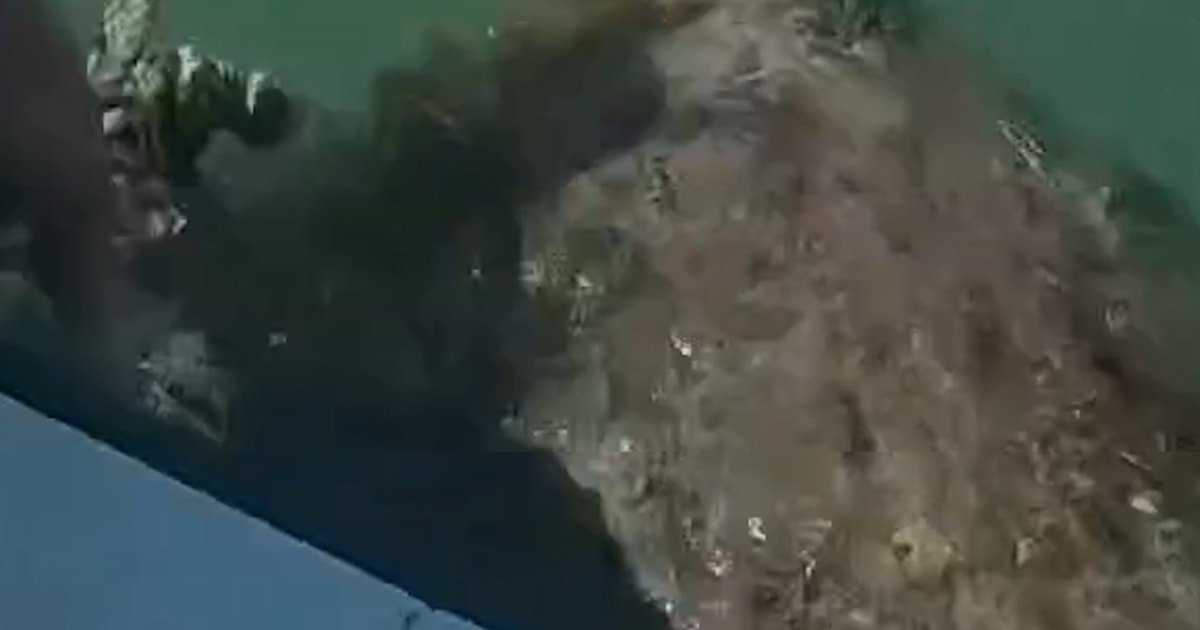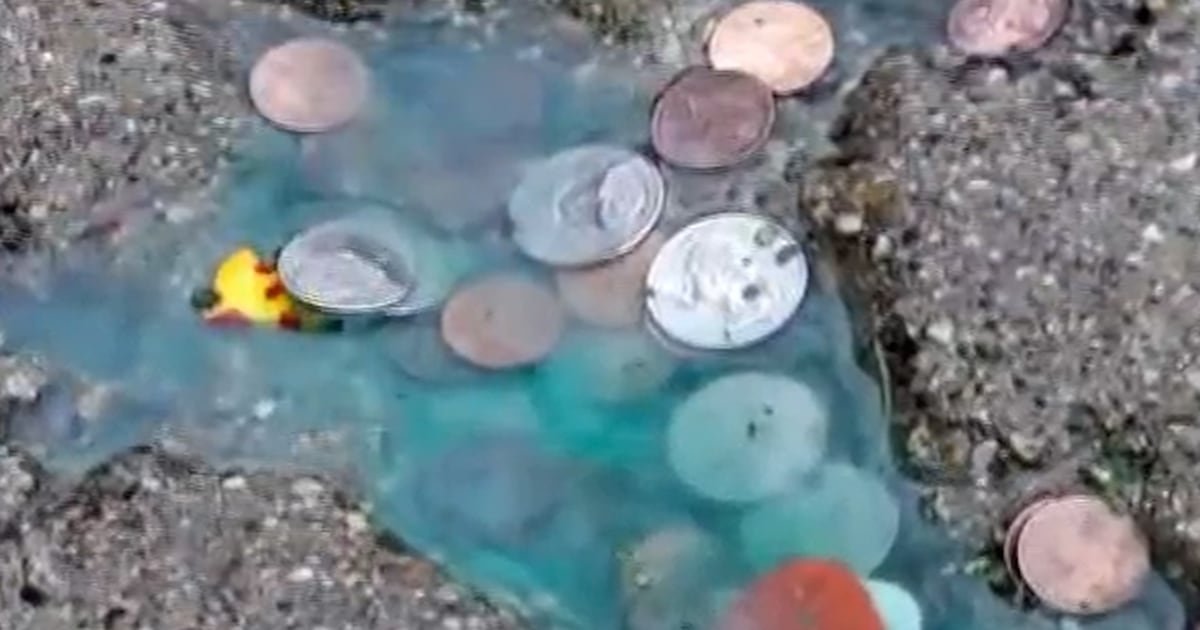Norovirus, sometimes called “winter vomiting disease” or “two-bucket disease” (because it causes vomiting and diarrhea), is on the rise across the country, even as the seasonal flu is taking off and walking pneumonia continues.
Wastewater data and reports from the Centers for Disease Control and Prevention have shown a significant increase in norovirus in recent weeks, with rates far exceeding those of recent years.
At least 91 outbreaks were reported in the week of December 5, more than double the maximum number of outbreaks reported in the same period in recent years.
What is norovirus and how to stay protected?
What is norovirus?
Noroviruses have been called “the perfect human pathogens.” They are a highly contagious type of stomach virus that causes severe vomiting and diarrhea, as well as headache, fever, and body aches. It spreads quickly and widely on surfaces and through the air in small droplets of vomit. Most people make a full recovery, but only after days of misery. Because it mutates, people can get sick from a norovirus every year.
Outbreaks can occur at any time, but are most common from November to April.
The virus travels through vomiting and diarrhea. It is spread by direct contact with someone who has norovirus or by touching contaminated surfaces and then putting your fingers in your mouth. Contaminated food or liquids can also transmit the virus.
Shellfish, especially oysters and clams, are also known to transmit the virus because they are filter feeders and can accumulate the virus from untreated sewage that flows into their habitats.
What are the symptoms of norovirus? How long do they last?
Symptoms begin 12 to 48 hours after exposure to the virus and last approximately 1 to 3 days. Even after recovering, infected people can be contagious for two more weeks.
One of the dangers of prolific vomiting and diarrhea is fluid loss, which can lead to severe dehydration. This is something to keep in mind in children and the elderly in particular: children may not produce tears when they cry or may be unusually restless or sleepy if they are dehydrated.
There is no specific medication used to treat the disease. Instead, symptoms can be managed with oral rehydration solutions such as Pedialyte, which can help restore fluids and electrolytes that are lost from the body.
Why is norovirus so difficult to kill?
The most reliable way to stop the spread is to wash your hands with soap and water for at least 20 seconds, especially if you are preparing food, or after using the bathroom or changing diapers.
Hand sanitizer is not very effective against norovirus. While many viruses are contained in “envelopes” made of fat and can be broken down with alcohol-based disinfectants, norovirus is contained in a tough protein shell called a capsid. It is not removed as easily with alcohol disinfectants.
Cruise ships, which had a banner year in 2024, are often associated with norovirus, due to close quarters and shared facilities, but the virus is not limited to cruise ships. Nursing homes, hospitals, prisons, and preschools can be sites of an outbreak.
Avoiding raw or undercooked seafood can also reduce the risk of infection. Since norovirus can survive temperatures up to 145°F, rapid steam will not kill the virus.
Even if you have had norovirus before, you can still get infected every year, because there are many different types of the virus, due to the rapid mutation rate seen in RNA viruses like norovirus.
Norovirus is very difficult to clean because it can remain on surfaces for weeks or months. It is important to wear gloves and use bleach when disinfecting a contaminated surface, such as one that has been in contact with vomit or diarrhea. The bleach should be left on the area for at least five minutes.
Use disposable paper towels, rather than reusable cloths, when cleaning a contaminated surface.
Clothing or bedding used by someone with norovirus should be handled with gloves and washed with detergent and hot water for as long as possible at the highest temperature.
There is currently no approved vaccine for norovirus, although Moderna has begun a phase three trial in the US for a vaccine using mRNA technology and aims to test it in 25,000 adults worldwide. Norovirus causes around 200,000 deaths worldwide each year.









